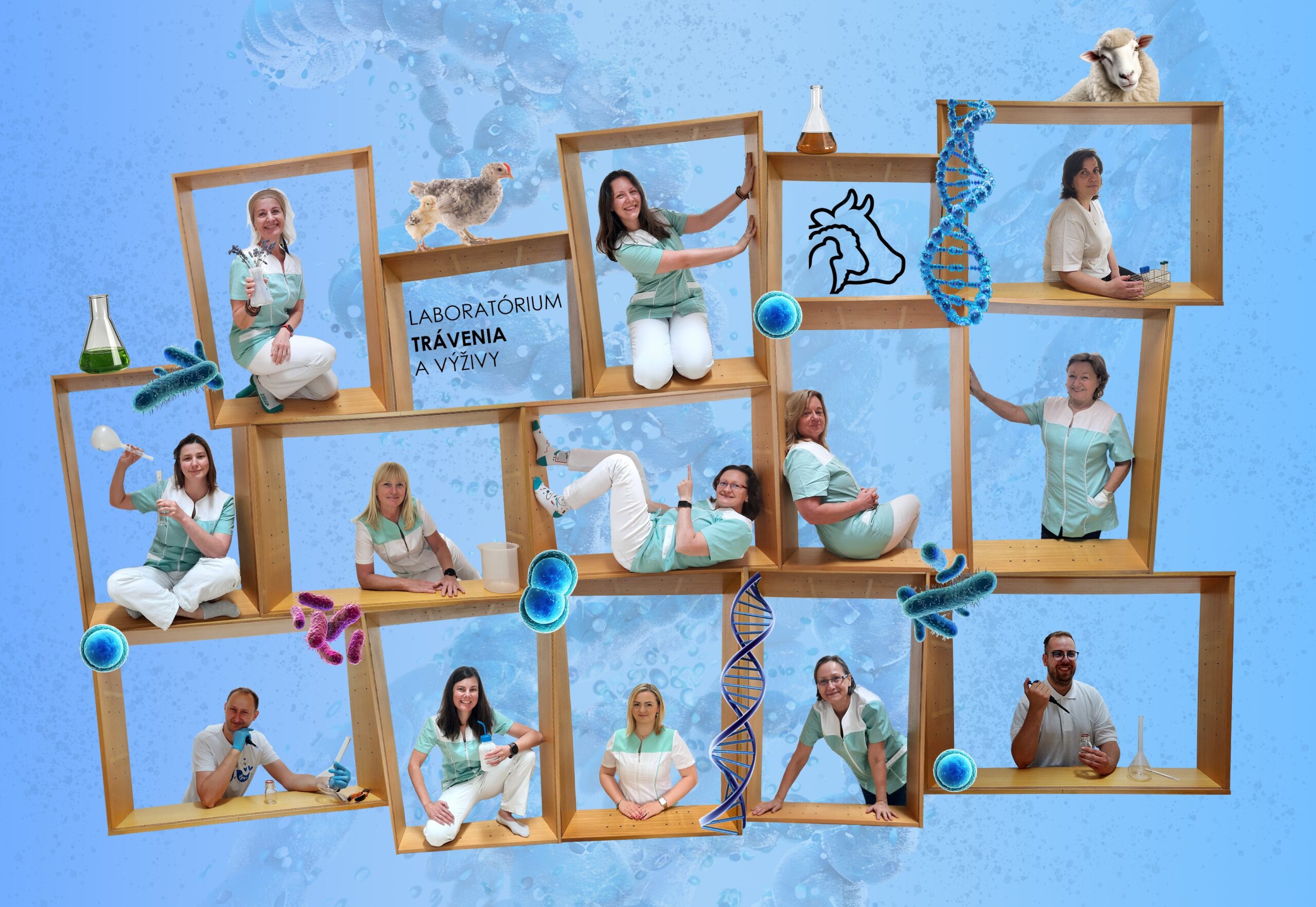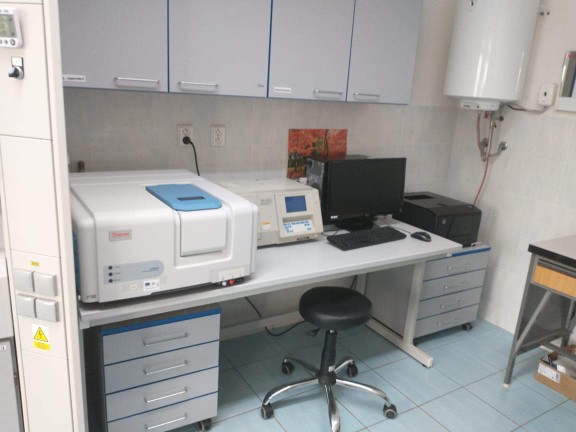Research interests
The Laboratory of Digestion and Nutrition focuses on a comprehensive study of the nutritional processes in farm animals, aiming to improve the efficiency of nutrient utilization from feed while reducing the environmental impact of livestock production. The research aims to evaluate the effects of plant-based bioactive compounds, nanoparticles, and organic forms of trace elements, used as feed additives, to modulate fermentation and metabolic processes in the digestive tract of farm animals. The main objectives are to study their bioavailability and impact on animal health, immunity, and metabolic parameters. The laboratory also investigates the use of agro-industrial by-products in feed to support animal health and welfare, and ensure the safety and quality of animal products, consistent with modern principles of sustainable and organic farming.
Lab equipment
- Nitrogen analyser (FLASH 4000, Termo Fisher Scientific, Cambridge, UK)
- Coarse fibre analyser (ANKOM 2000, ANCOM TECHNOLOGY, Macedon NY, USA)
- Dual Atomic Absorption Spectrophotometer (AAS, AA- 7000 Series, Shimadzu)
- Mass spectrometer (API 2000 AB Sciex, Framingham, MA, USA)
- Liquid chromatograph (HPLC, Agilent Technologies, 1200 Infinity Series, USA)
- Liquid chromatograph (Ultimate 3000 HPLC, Dionex, Sunnyvale, CA, USA)
- Gas chromatograph (PerkinElmer Clarus 500, Inc., Shelton, CT, USA)
- Benchtop ultracentrifuge (Micro Ultracentrifuge, Himac CS 150NX, Hitachi)
- Ussing chambers system
- UV VIS and fluorescence spectrometers (UV-2550, Shimadzu; Lumina, Thermo Scientific)








